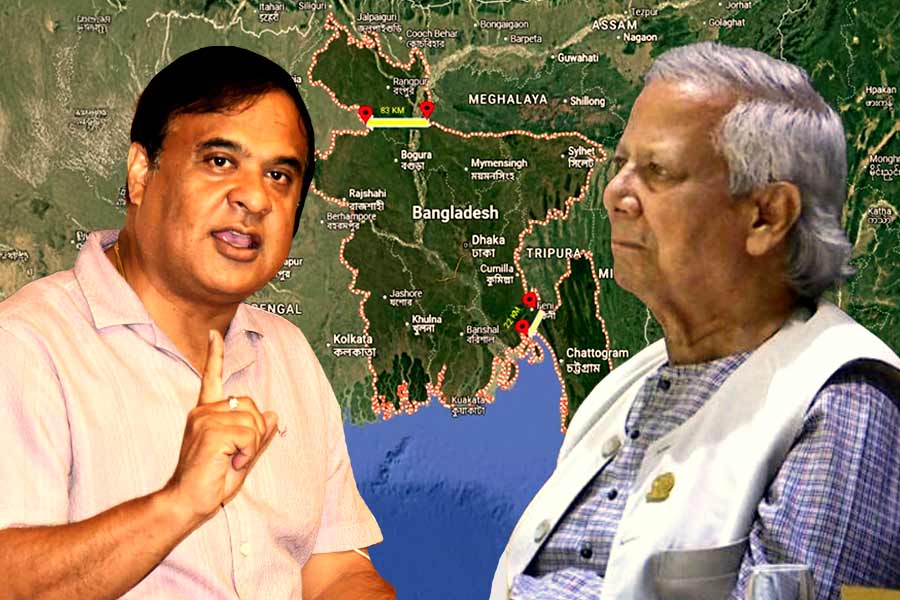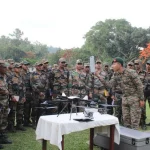Assam Chief Minister Himanta Biswa Sarma has brought to light Bangladesh’s own strategic vulnerabilities, highlighting two critical geographic corridors that could face disruption under regional conflict scenarios. His statement, made on May 25, comes amid rising tensions surrounding India’s Siliguri Corridor and recent moves by China in Bangladesh.
Sarma identified two narrow Bangladeshi corridors that resemble the strategic importance of India’s Siliguri Corridor. The first is the 80 km-wide North Bangladesh Corridor, which runs from Dakhin Dinajpur to South West Garo Hills and connects the Rangpur division to the rest of the country. The second is the 28 km Chittagong Corridor, linking South Tripura in India to the Bay of Bengal, providing the only land route between Chittagong, Bangladesh’s commercial hub, and Dhaka, the national capital.
According to Sarma, “Any disruption here could have significant consequences for Bangladesh.” He argued that while India’s Siliguri Corridor often garners regional attention, the geographical fragility of Bangladesh’s own terrain is often overlooked in strategic discussions.
India’s Siliguri Corridor, a narrow 20–22 km strip in West Bengal, connects the mainland to the Northeastern states and is surrounded by Nepal, Bhutan, and Bangladesh. The corridor has historically been viewed as a strategic vulnerability, especially after the 2017 Doklam standoff, and concerns have intensified following China’s increasing presence in Bangladesh.
Reports of China assisting in reviving a World War II-era airbase in Lalmonirhat, located just 135 km from the Siliguri Corridor, have added to India’s unease. This development followed statements by Bangladesh’s interim Chief Advisor Muhammad Yunus, who during a visit to China, described India’s Northeast as “landlocked” and referred to Bangladesh as the “only guardian of the ocean” for India, Nepal, and Bhutan. His call for greater Chinese investment has further strained India-Bangladesh ties.
Sarma’s remarks came hours after a meeting with Prime Minister Narendra Modi, signaling coordination at the highest levels of government. His comments align with India’s strategic shift to reduce reliance on the Siliguri Corridor, with new initiatives including alternative railway lines through Nepal and Bangladesh. Among these is a proposed link from Jogbani in Bihar to Biratnagar in Nepal, and onward to New Mal Junction in West Bengal, along with multiple gauge conversion projects in Bangladesh.
Indian military leaders have reiterated the importance of safeguarding the Siliguri Corridor. Army Chief General Upendra Dwivedi recently emphasized that the area is fortified and any threat would trigger a strong military response. The Indian Army maintains rapid deployment capabilities in the region, particularly from West Bengal, Sikkim, and the Northeast.
Sarma’s statement has sparked discussion among analysts, with some viewing it as a strategic signal to Bangladesh about mutual geographic vulnerabilities. Others, however, caution that such public messaging could further strain diplomatic ties at a time when Bangladesh is facing economic instability and political transition under an interim government.
As China expands its footprint in South Asia, Sarma’s remarks underscore the shifting geopolitical dynamics and the strategic value of geography in shaping regional power equations. With both India and Bangladesh navigating complex relations amid external pressures, the focus on chokepoints and corridors is likely to remain central to South Asia’s security calculus.













